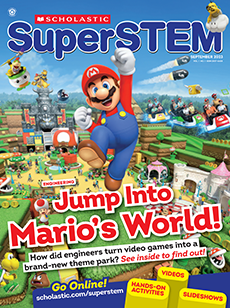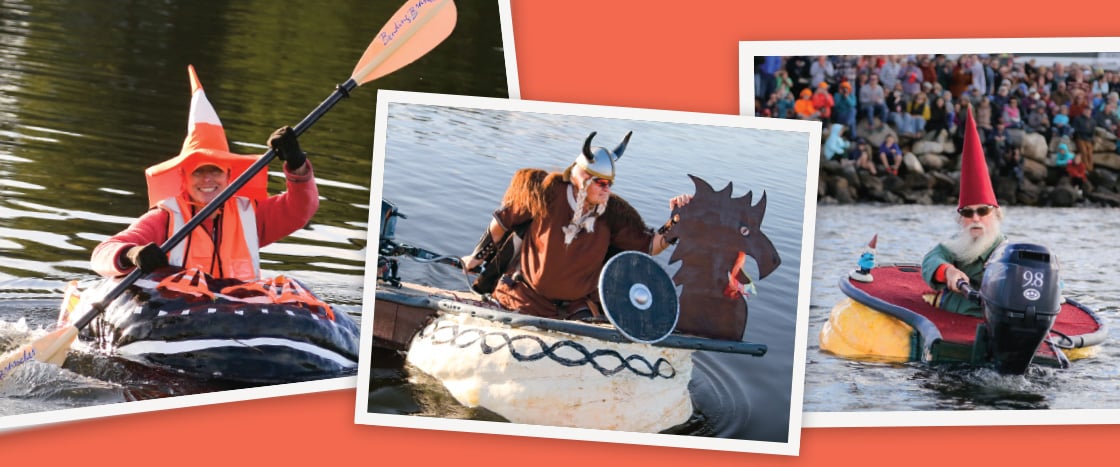Blair Rainsford
One day last October, I was visiting a small town in Maine called Damariscotta (dam-ruh-SKAH-tuh). The sun was shining in the bright-blue sky. A cool breeze was blowing through the pine trees. And I was sitting inside a giant pumpkin!
What was I doing there? Every autumn, the town hosts a weeklong pumpkin celebration known as Pumpkinfest. I had traveled there for the last event—the Pumpkin Regatta! It’s a race where people carve giant pumpkins into boats, decorate them, and paddle them in the Damariscotta River.
I was excited to get an up-close look at the race—and learn how people turn giant pumpkins into wacky boats!
I visited a small town last October. The town was Damariscotta (dam-ruh-SKAH-tuh). It’s in Maine. The sun was shining. The sky was blue. A breeze was blowing. And I was sitting in a giant pumpkin!
What was I doing there? The town was having a festival. It celebrates pumpkins. They hold it every fall. It lasts for a week. It’s called Pumpkinfest. I had come for the last event. It was the Pumpkin Regatta! It’s a race. People use giant pumpkins. They carve them into boats. They paint them. Then they paddle them across a river.
I was excited. I’d get a close look at the race. And I’d get to learn how to turn giant pumpkins into boats!

